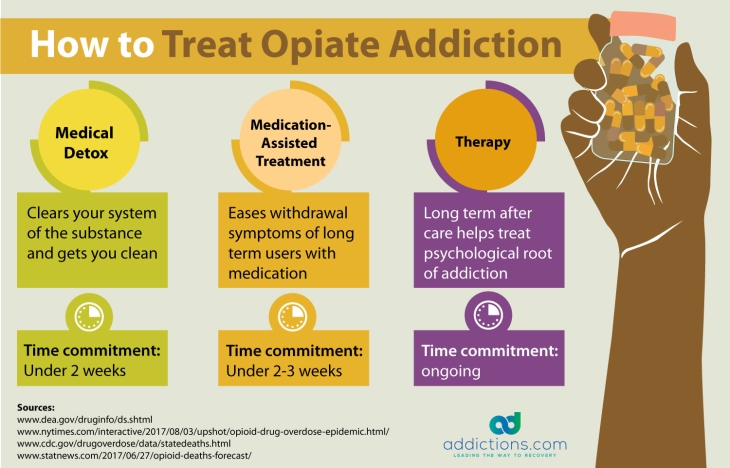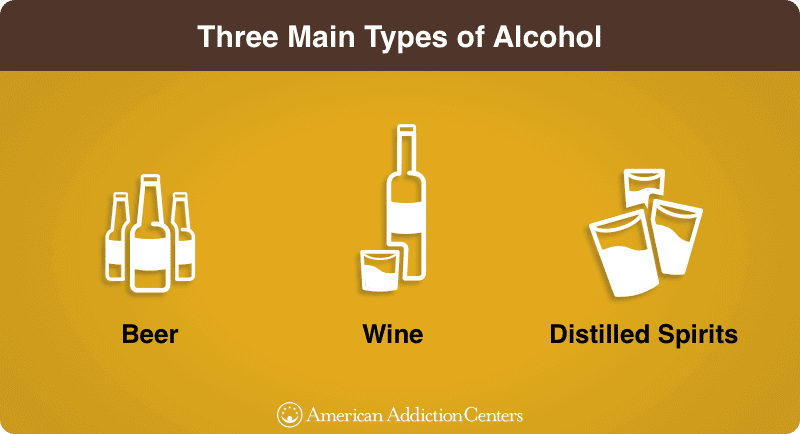Get This Report on What Is Cognitive As A Treatment For Drug Addiction By Sofuoglu
Personality disorders are distinctive, longstanding, pervasive patterns of habits, which normally begin early in life. Character disorders tend to impact almost every element of an individual, such as believing, sensation, perceiving, and connecting to others, with worsening cycles of self-defeating and maladaptive habits. The majority of theorists and researchers see psychopathy as the result of interactions in between biological differencesprimarily located in the brain (Anderson et al.
2001) and the most early and standard experiences that form the personality, such as the experience of bonding, accessory, and issue for others (Hare 1996). Psychopathy is revealed in methods of thinking (impulsive, irresponsible, and grandiose) and feeling (without empathy and shallow) that typically lead to habits that seriously infringe on the rights of others.
Although they can be glib and captivating, people with psychopathy have a shallow and short lived ability to experience, express, and comprehend social feelings such as embarrassment, self-consciousness, pity, guilt, pity, and remorse. This affective-interpersonal deficit often is revealed in the kind of cold and callous use of other individuals without regard for their http://edgarbucc677.lucialpiazzale.com/h1-style-clear-both-id-content-section-0-9-simple-techniques-for-what-does-harm-reduction-mean-as-it-applies-to-addiction-treatment-h1 sensations or wellness.
The PCL-SV and other instruments for examining psychopathy are discussed in more information in chapter 2. what are some forms of treatment available to those suffering from opioid addiction?. All other things being equal, people who are low in psychopathy can be anticipated to react favorably to drug abuse treatment in the criminal justice system and to substantially reduce their criminal behavior as the result of this treatment.
People high in psychopathy require the most intensive in-prison and community guidance and tracking. Intensive treatments that engage the client in deep emotional processing, that require "resolving" life experiences to develop insight, or that stress the advancement of social skills for their own sake must be prevented for this group.
All self-reported aspects of community adjustment need to be thoroughly proven by first-hand observation or reported by an independent third celebration, including, for instance, attendance at needed programs, status of living conditions, type and hours of work, criminal background of close associates, and use of free time. Transgressors with serious psychopathy tend to do badly in treatments of all types, when compared to those without extreme psychopathy.
Not known Details About Where To Go For Treatment Of Addiction To Video Games For Children
2000; Reiss et al. 1999, 2000). To put it simply, treatment might be contraindicated for culprits with serious psychopathy. Individuals high in psychopathy require the most intensive in-prison and neighborhood supervision and monitoring. Treatment must be restricted to practical regression avoidance activities, consisting of regression to prohibited or seriously self-defeating types of control and exploitation of others, with increased monitoring for substance abuse.
The effective execution of a treatment strategy depends, to a great extent, on the client's motivation and preparedness for modification. Motivation level has actually been found to Additional reading be a crucial predictor of treatment compliance, dropout, and outcome, and is useful in making referrals to treatment services and in identifying diagnosis (Ries and Ellingson 1990).

Nevertheless, this view is overly simplified, given that inspiration can be affected by many elements including the risk of sanctions or the pledge of rewards for treatment engagement (such as minimized prison time, access to required services, or transfer to a preferred reformatory where the treatment will happen). Motivation and readiness for Extra resources treatment are anticipated to change in time, and individuals often cycle through numerous foreseeable "stages of modification" during the treatment and healing process.
( See chapter 3 for a discussion of the phases.) A number of efforts have actually been made to link the readiness to alter technique to a substance abuse-specific design that involves "phases" of recovery. Each stage of healing is represented by a particular level of motivation, frequently shown in engagement with treatment and with specific recovery-related activities.
1995). Assessment of treatment preparedness and phase of modification is helpful in treatment preparation and in matching the wrongdoer to various types of treatment. For example, matching culprits to treatment that is suitable to their present stage of modification is most likely to improve treatment compliance and results. For people in the early stages of change, placement in treatment that is too innovative and that does not attend to ambivalence concerning behavior modification might lead to early termination from the program.
Personnel involved in treatment planning ought to be careful to examine the transgressor's stage of modification and readiness for drug abuse treatment and to consider this information when establishing treatment strategy objectives. Continuous evaluation of preparedness for treatment can be provided through usage of self-report instruments, focused conversation with the client, observation of the customer within a treatment program, and review of security reports from treatment staff, criminal justice staff, and member of the family.
All about Which Treatment Did Viewing Addiction Through The Lens Of Physiological Dependence Inspire
Surprisingly, people who verbalize the best desire for treatment might not have more than an unclear sense of their own inspiration to escape the unfavorable effects they are currently experiencing, such as incarceration, financial obligation, or ill health. Nevertheless, staying focused on the positive effects and rewards of healing is an essential aspect of the recovery process.
Inspirational interviewing methods, offering feedback to customers on essential elements of assessment findings and development toward treatment strategy objectives and intimate participation of the client in the building and revision of the treatment plan are important ways of enhancing customer engagement in treatment. (For more details, see SUGGESTION 35, Enhancing Inspiration for Modification in Compound Abuse Treatment [CSAT 1999b ]) Treatment plans must consist of an area attending to inspiration for modification.
Nevertheless, staying concentrated on the favorable repercussions of recovery is a necessary aspect of the healing process. From the very first point of intake to the final community guidance session, promoting and making use of inspiration ought to be an upfront element of compound abuse treatment. The strengths-based approach to treatment preparation in juvenile justice and adult criminal justice settings has been received with interest in lots of quarters. how to open an addiction treatment center.

Strengths can be acknowledged and utilized in treatment preparation without disregarding deficits or decreasing the necessary emphasis on responsibility and obligation. Culprits tend to exaggerate or decrease their strengths. Assisting customers in identifying and getting an accurate quote of their personal strengths must stress, but not be restricted to, those that relate to healing.
Restorative community settings often recognize particular functions within the treatment environment that customers can take on as their strengths and work to establish them further. Other modes of intervention possibly need to develop roles or activities for customers that use their strengths or identify opportunities beyond the program itself.
Recognizing and working with strengths in the treatment preparation procedure allows the client to be less protective about the identified deficits and problem areas in the same plan. It is crucial, however, that the perception of the strengths as genuine and of worth be shared amongst the members of the preparation group and with the customer.
Not known Details About What Is The Most Effect Treatment For Drug And Alcohol Addiction
Success of the treatment strategy can be considerably helped by the customer's participation in the development of particular goals and interventions. An example of this procedure is the Client's Healing Strategy (CRP), in usage at the Walden House program in San Francisco (see Figure 4-1). The client files his perception of his circumstances, needs, and tendencies, and these are incorporated into the program treatment plan.
